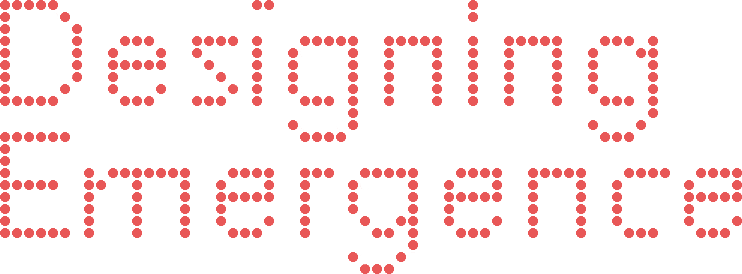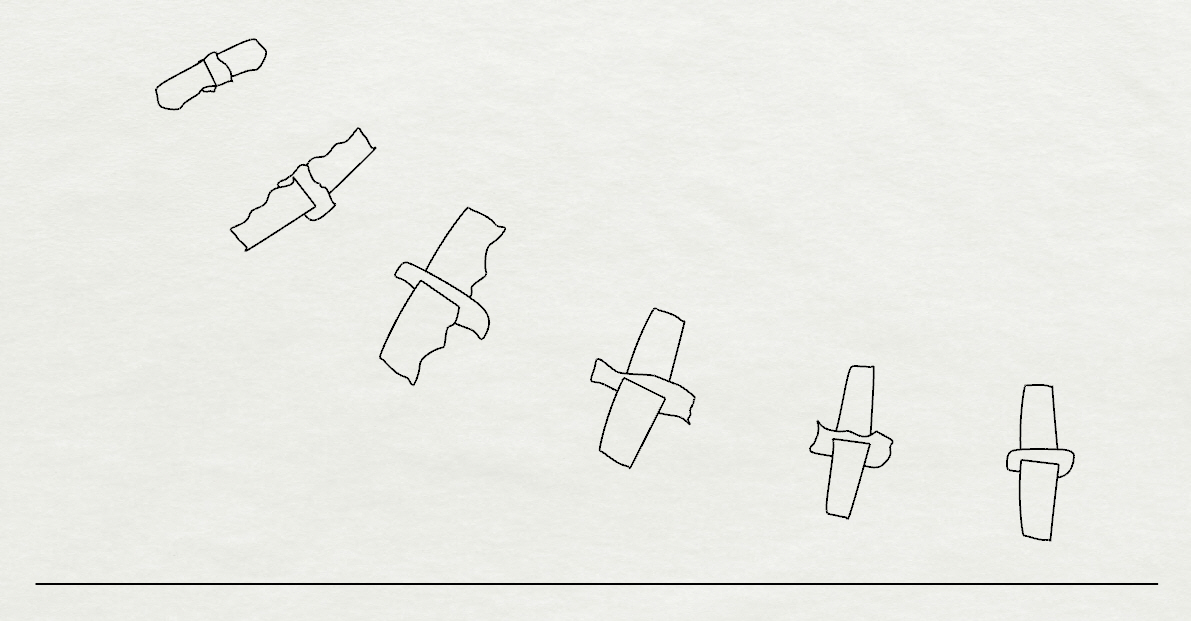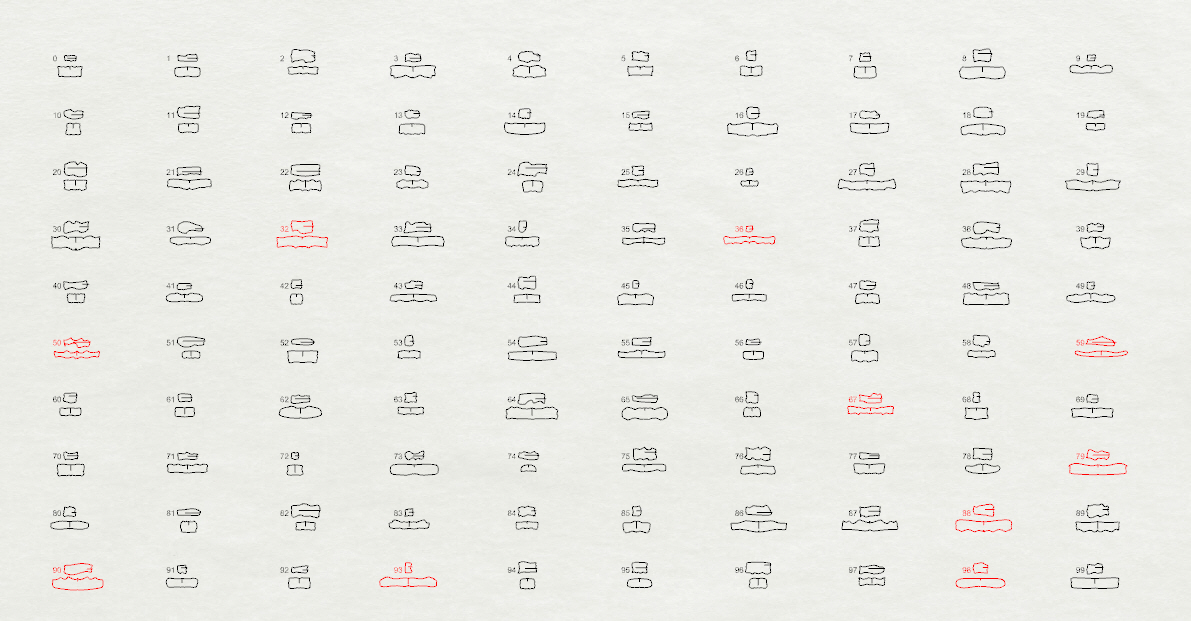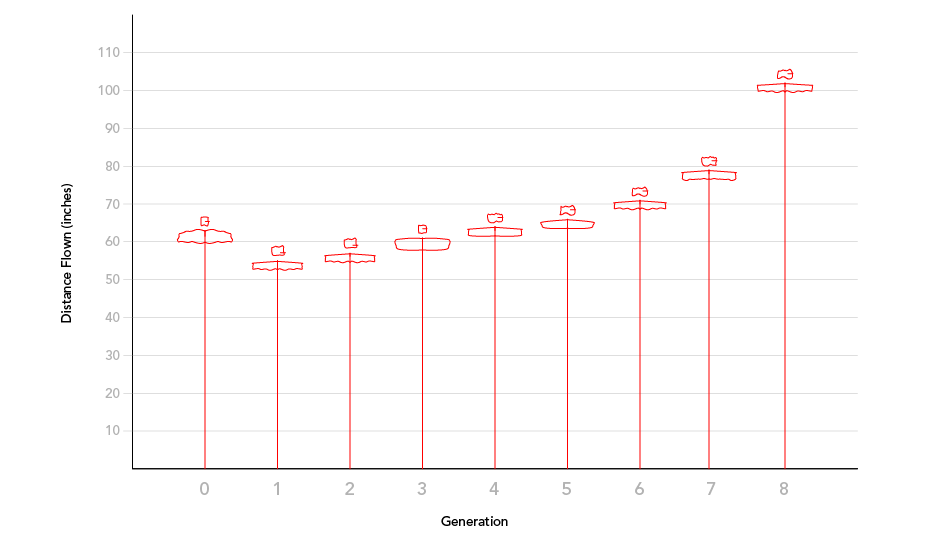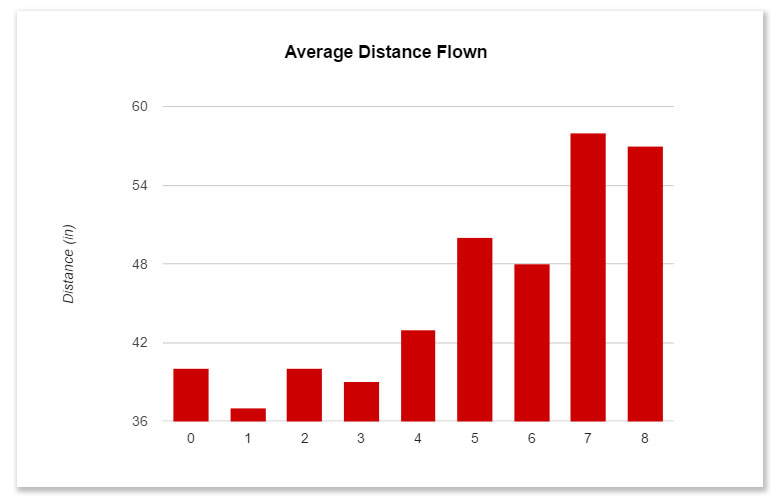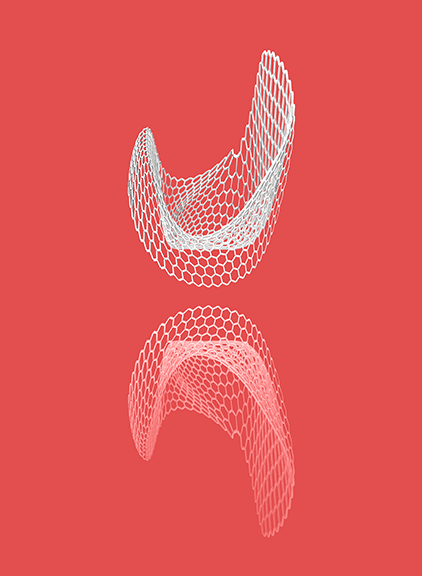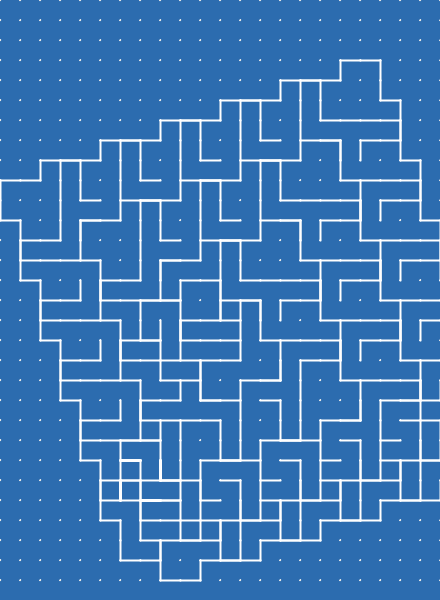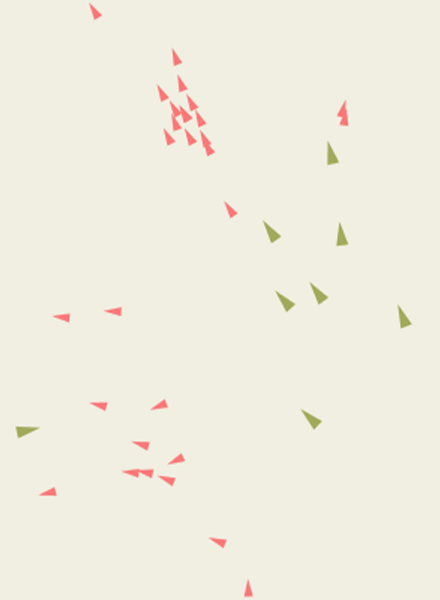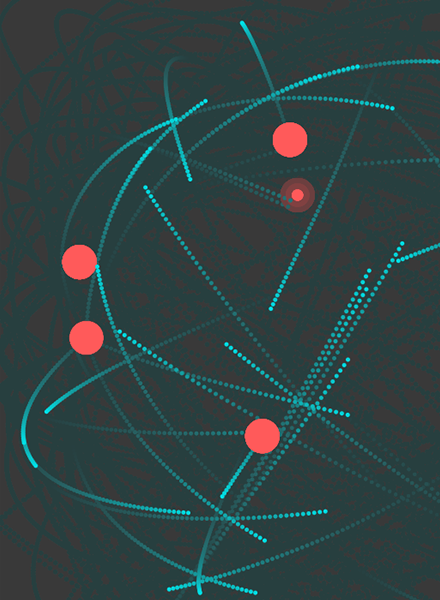Evolution of Flight
Evolution is the most successful creative process in the world. Over the millennia, it has been responsible for designs that we wouldn’t have come up with in our wildest dreams. Despite the complex designs, evolution employs a fairly straightforward process; change things randomly and test them in the field. The more successful ideas are replicated and the less successful ones are not. While effective, the random changes and testing takes thousands of generations to yield interesting results, something that isn’t feasable with our current production cycle. With Evolution of Flight, I wanted to test whether I could use human intuition to speed up the evolutionary process and use it to design.
Method
Here is the first generation of airplanes. As you can see, the thirteen genes are able to create a wide variety of forms.
I selected ten that I thought would fly the furthest (marked in red), lasercut them, then tested each one. My test setup consisted of a stand that marked the precise angle (50 degrees) and height (60 inches) that I would drop each plane from. I flew each plane three times to ensure for consistency. My goal was to have a plane fly 120″, achieving a flight ratio of 2:1.
Next, I had to create a new set of planes based on the previous generation’s results. My algorithm selected two planes and crossbred them to create a new plane. The further the plane flew, the greater chance it had of being selected. This mirrors the same method that sexual organisms use for reproduction, where the offspring contains some genes from parent A and some from parent B, resulting in a brand new design. A hundred new designs were created for each generation. I then repeated the tests with each generation. Below you can how the design of the planes progressed over time.
Results
The graph of the average flight distances shows an interesting progression. The improvement in flight distance is non-linear; it jumps up at certain generations.
Evolution of Flight begins to suggest how the process of evolution can be improved with human intuition and also how the human design process can be augmented using evolution as the creative driving force. I believe that we will start seeing the design process use evolution more and more as we begin to understand the right balance between computational creativity and human intuition.
